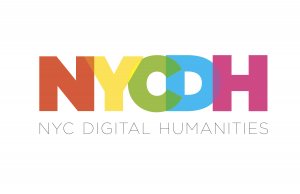This course will focus on using the programming language R as a way of visualizing spatial data. It will use four humanities datasets (pre-modern and modern, from Europe and the Middle East) and the code required to carry out the visualization. We will discuss how participants might match different kinds of spatial datasets for different visualizations in Shiny. We will approach the visualization process in four steps: (1) discussing what the “story” of our data is, and which aspects or conclusions from it we want to illuminate via visualization. (2) preprocessing our data into a dataset. Here it is especially important to determine the aspects of a given dataset, i.e. if a two-faceted approach is satisfactory or if a more faceted approach (e.g. temporospatial) is required. (3) choosing the clearest and most efficient visual representation for our dataset. (4) selecting the most viable user interface to maximize accessibility and impact of our visualization.
Prerequisites: basic familiarity with Leaflet & a programming language such as R
Note: The course will be carried out using RStudio Cloud. You will be added to an account using the email address that you provide for the registration and you will need to activate it by responding to an email before the session. Participants can also observe the process without being added to RStudio.


